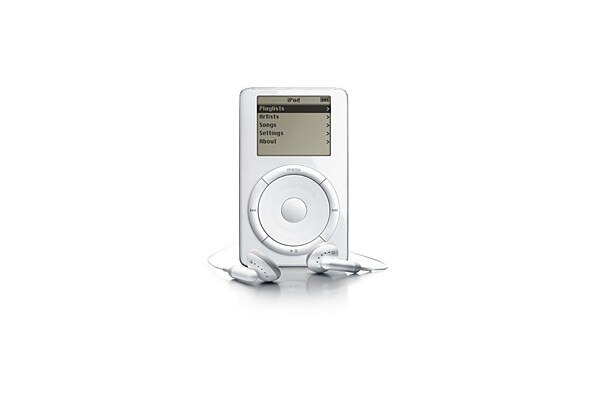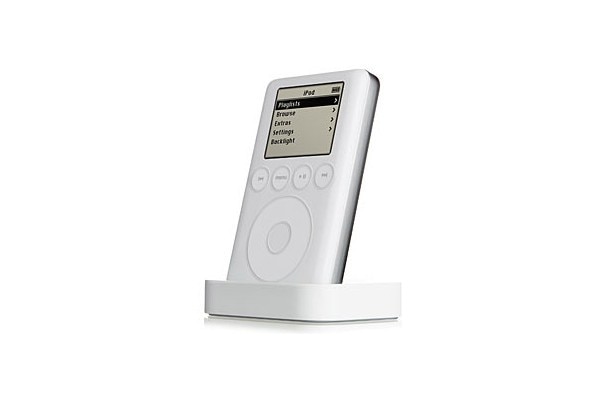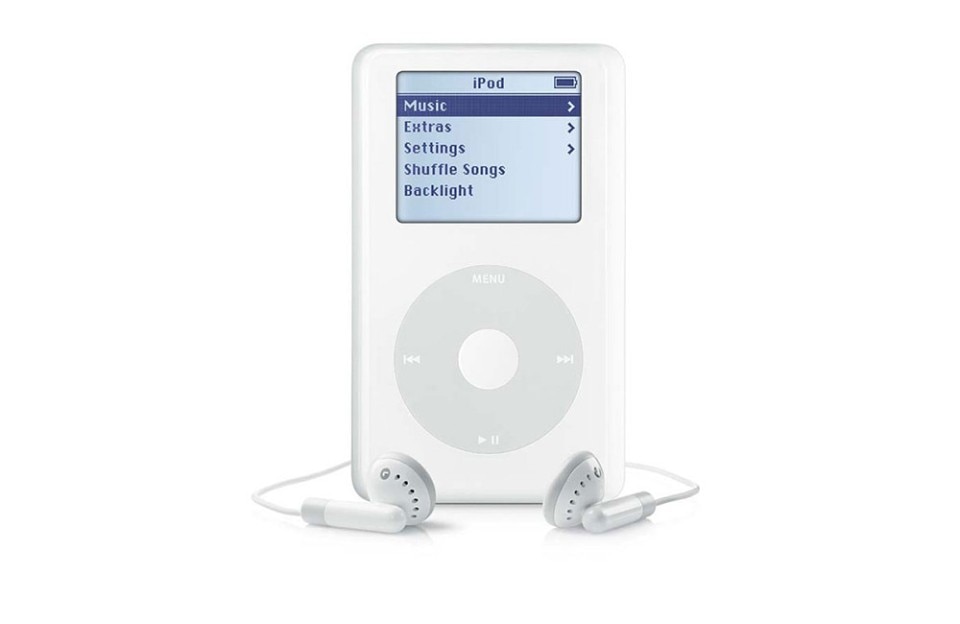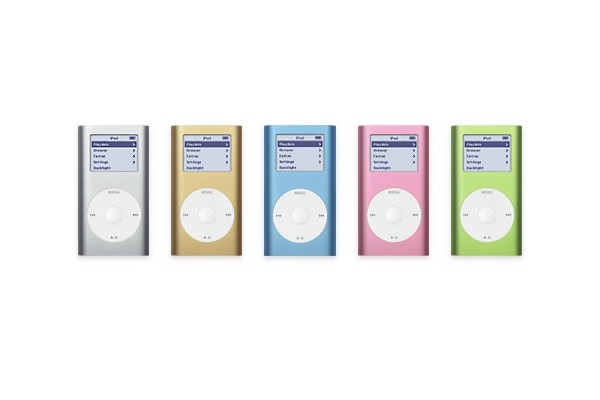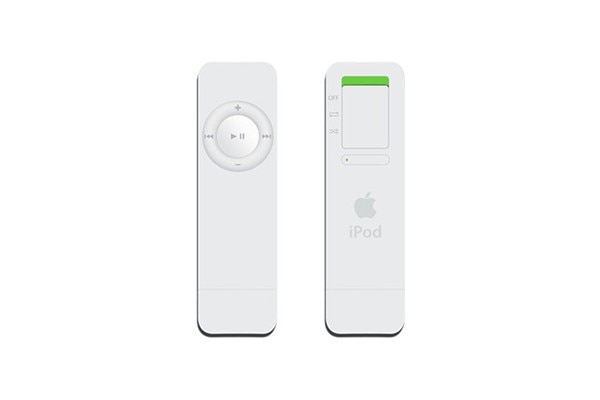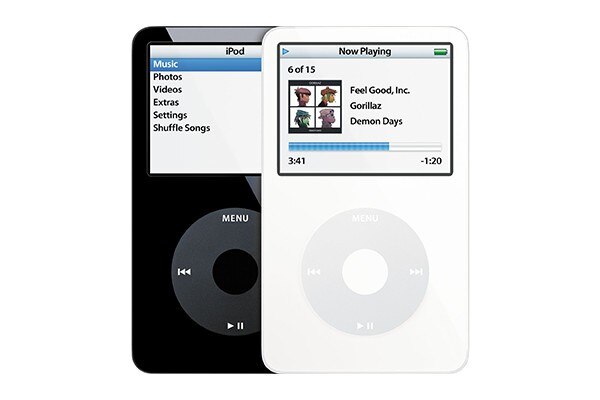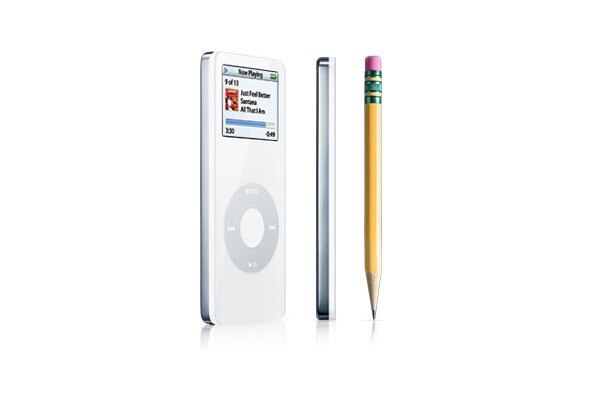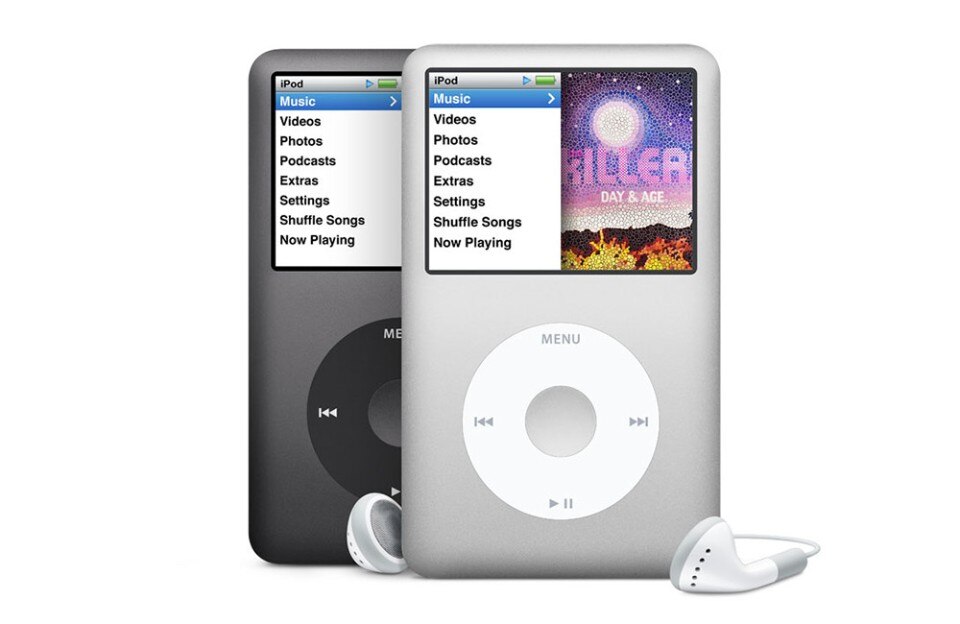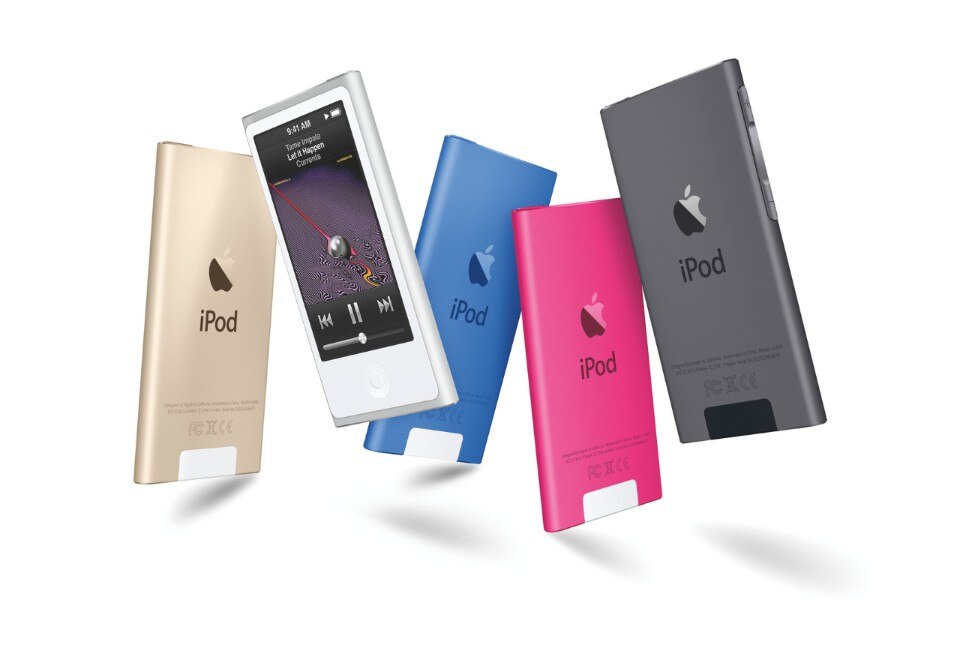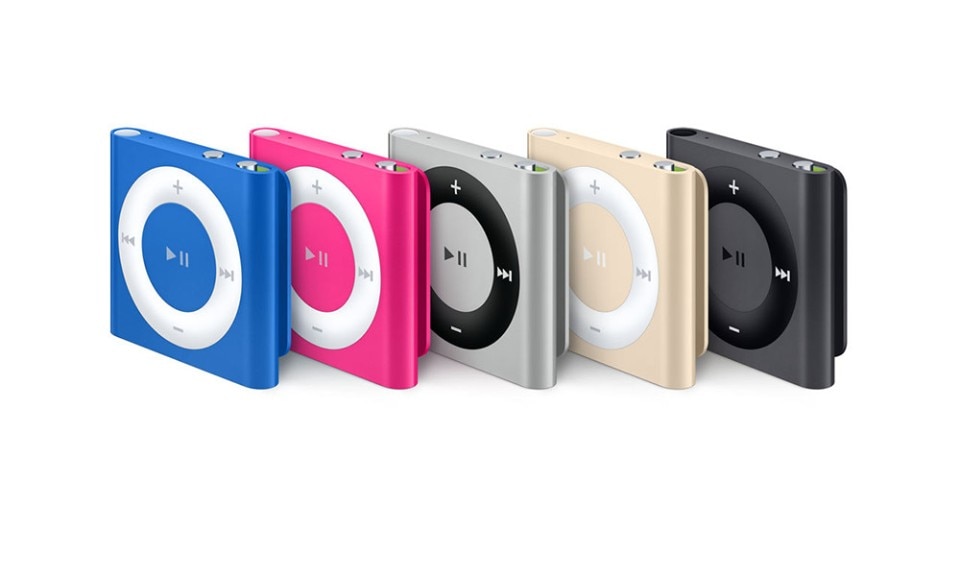On October 22, 2001, Steve Jobs appeared on stage at the Apple Town Hall auditorium in Cupertino to unveil the iPod, a music player that could hold an entire song library and yet would fit in a pocket. The event was nothing like the Apple gatherings we’re used to nowadays, partly because Apple was still a recovering patient from its late nineties near-death experience, and partly because there were not much to cheer, as America was still shaking from the horror that unfolded in New York only six weeks prior. Nonetheless, that first diminutive iPod introduction was the spark igniting a tech revolution that changed the music industry for good.
Today, 18 years later, the iPod is a fully accomplished revolution, which luckily wasn’t forced to just live on after its time had come. Sure, you can still buy a device called the iPod touch, which Apple last updated in June 2019, but technically that’s more of an iPhone with the same iOS operating system but lesser specs and no cellular connection, than anything close to what an iPod really had been. The two last “actual” iPods, the 7th generation Nano and the Shuffle, were discontinued in 2015, a mere fourteen years after the launch of the first model. By then sales were already insignificant in the greater scheme of Apple’s revenue and the iPhone had took over as the leader of another, broader revolution, which has impacted our lives more that the iPod, confined to the realm of music players, ever could.
In a way, what happened was a take-over: the iPod was folded into the iPhone and that’s where the iconic Mp3 player is still conceptually living. The iPhone, in fact, couldn’t exist without the prior experience of the iPod, to the point that its development was driven internally by the same people that made the iPod possible, such as Tony Fadell. If we leave the conceptual aspect aside and focus only on the industrial design perspective, the iPod revolution was incredibly fast, even from a design perspective. Just think of the amount of iterations of the iPod product Apple was able to crank into fourteen years of existence, from the first bulky white brick with the iconic click wheel, to the slick 7th generation iPod Nano with a touch screen and a home button. By any industrial design standard, that’s a lot of work in such a short period of time.
That might be why we all still collectively feel that the iPod is a piece of contemporary tech while, in reality, it’s already an artifact from a bygone era, when music still had to be physically downloaded to be listened. Semantically and historically, the iPod is closer to the Walkman cassette player than it ever was to the iPhone, despite being conducive to its inception. This certainly doesn’t subtract anything from the importance of the iPod as a product, nor from the iPod as the cornerstone of an unprecedented revolution in the music field. If anything, it speaks volumes of the incredible value the product was able to express in such a short period of time through great design . Which is why, today, first generation iPods are sought by collectors as expensive tech relics. A treatment rarely deserved to a tech product a mere 18 years after its inception.




